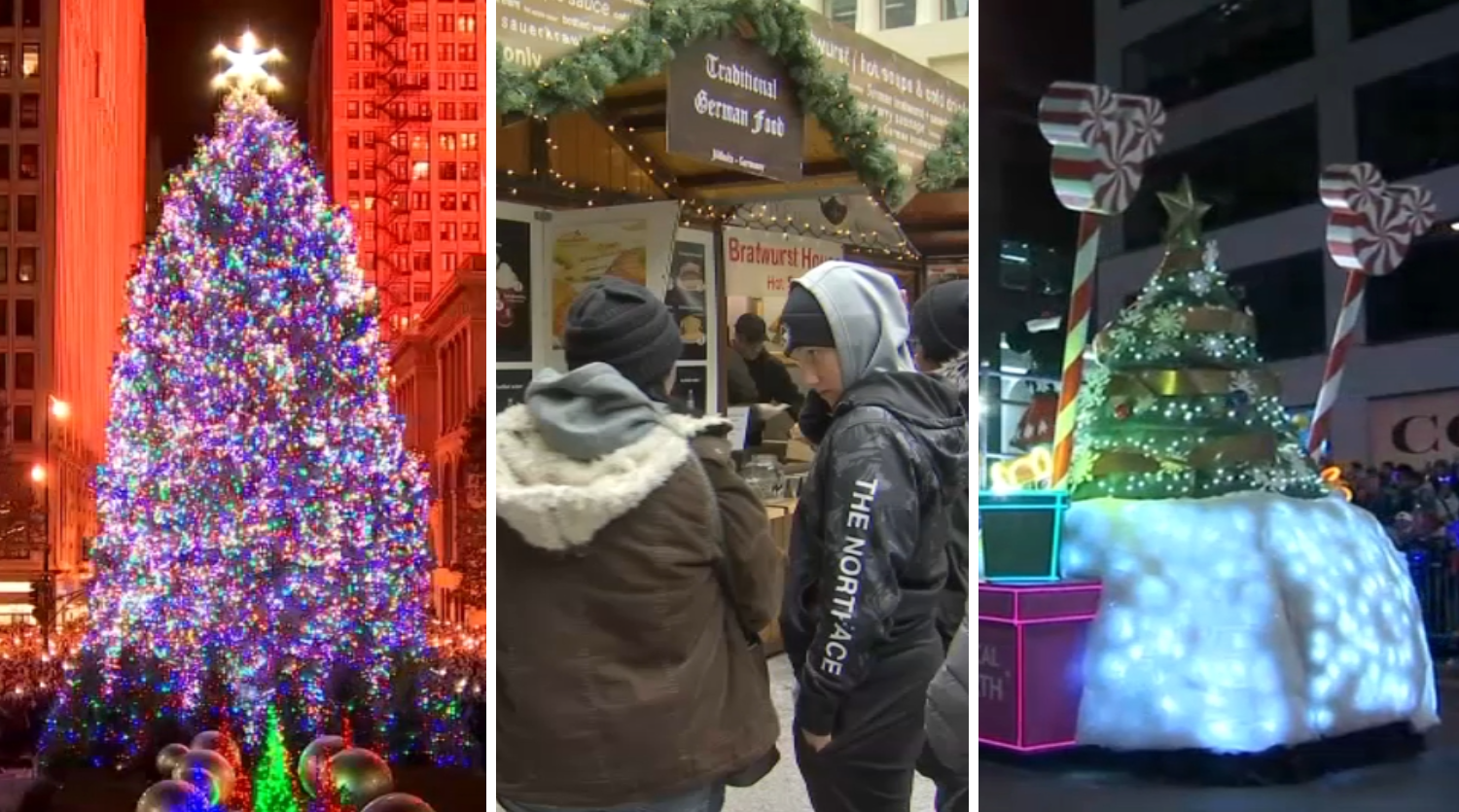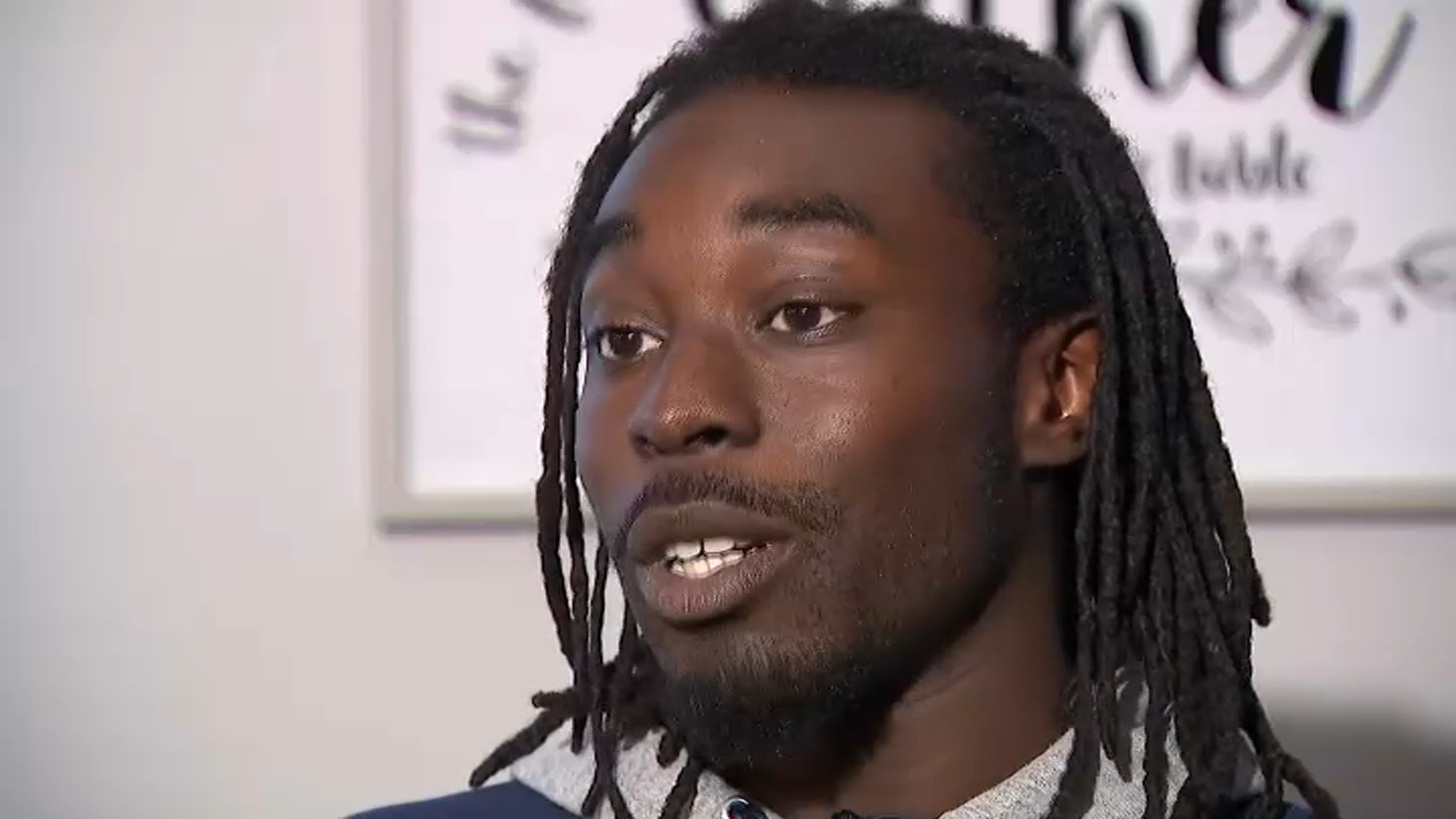While it’s been less than a month since the winter solstice in the Northern Hemisphere, the city of Chicago has technically already hit the halfway point of “meteorological winter,” even if the weather hasn’t exactly felt fitting for the season.
Meteorological winter begins on Dec. 1 and runs through March 1 in the northern hemisphere, and at the halfway point of the season, the city of Chicago is trending well-above average in terms of its temperatures, and well-below average in its snowfall.
In fact, according to the National Weather Service, the city has received just 4.7 inches of snow so far during the meteorological winter, including less than one-half of an inch of snow in the month of January.
Generally by Jan. 15, the city has received just under 16 inches of snow for the season, meaning that Chicago is nearly a foot of snow behind its historic averages.
The city is seeing a bit more precipitation than normal, with 1.5 inches of rain falling so far this month at O’Hare. That is just over one-third of an inch more than what the region generally sees by this point in the month, with an average of just under two inches for the month of January.
Chicago is hardly alone in seeing less snow than usual in the Midwest. A map of the U.S. shows a sharp contrast between northern portions of the Midwest and southern portions, with the line essentially drawn straight across the northern borders of Illinois and Iowa.
Meanwhile, other parts of the Midwest are seeing more snow than normal, including Duluth, Minnesota, where 71.9 inches of snow have already fallen, more than two feet above their seasonal average.
Local
In Minneapolis, 49 inches of snow have fallen, 24 inches more than normal by the midway point of winter.
Feeling out of the loop? We'll catch you up on the Chicago news you need to know. Sign up for the weekly Chicago Catch-Up newsletter.
A lack of snowfall hasn’t been the only interesting thing about the season so far, either. The average high temperature for Chicago during the month of January is right around the freezing mark, but the city hasn’t recorded a high temperature of 32 degrees or lower since Dec. 27, a streak of 22 consecutive days that continued on Wednesday.
According to NWS climate data, the stretch of time between Jan. 17 and Jan. 23 is when the city’s average high temperatures are at their lowest of the season, with the normal reading settling in around 31.1 degrees.
The streak of above-freezing highs will likely continue on Thursday, with temperatures in the low-to-mid 40s across the area, but the weekend could bring more seasonable temperatures in the mid-30s.
Snow could return to the forecast on Sunday as well, with a 60% chance of snow currently in the NBC 5 Storm Team forecast.



